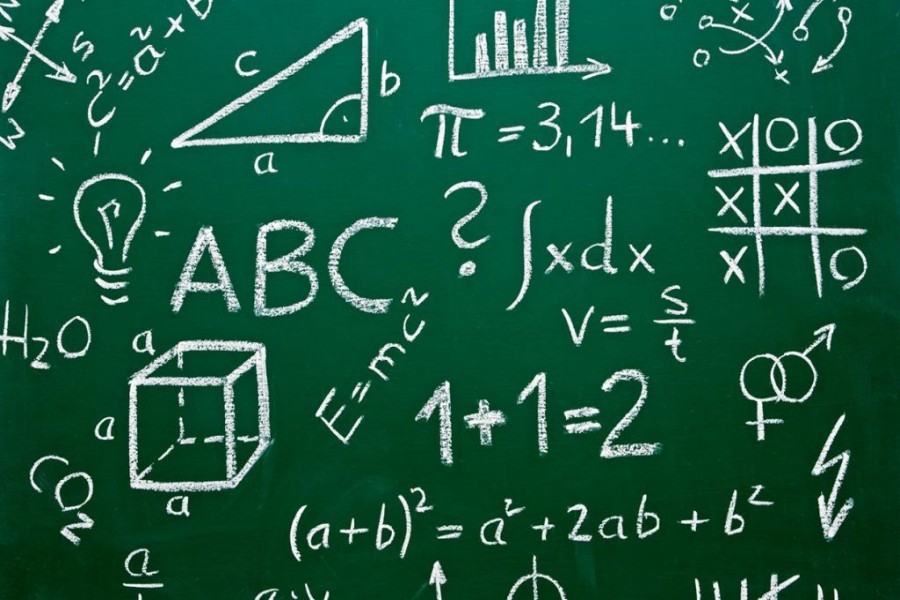Numbers surround the world. We might not notice it spontaneously, but the patterns emerging every day in our lives are constantly telling us stories about the universe. To understand these patterns, we need to develop complex algorithms that help us analyse our surroundings and understand our existence. This is where Mathematics is important. But, institutions and universities around the world teach a version of maths that is bland and tumultuous, making it reasonably more complicated and unamusing. A mathematician does not see numbers floating around them like in the movies. Mostly, mathematicians solve complex algorithms in multiple dimensions. This is difficult for anyone including me (I have a major in Mathematics), but the fascinating and demanding nature of this subject attracts those who are craving for answers. Due to the way it is taught in the schools and academic institutions, there are a few stigmas against maths. Most children and adults are afraid of Maths. Such stigmas need to be done away with.
Mathematics is the study of patterns - predicting phenomena from the weather to the growth of cities, revealing everything from the laws of the universe to the behaviour of subatomic particles. Even love- [like] most of life - is full of patterns: from the number of partners we have in our lifetime to how we choose whom to message on an internet dating website or app. These patterns twist and turn and warp and evolve just as love does and are all patterns which mathematics is uniquely placed on describing. The commonly-held notion of mathematics is that it comprises of brain-wrecking formulas and problems which are utilised in cranking computations. The delusion that most institutions create is that you must learn formulas and rules to follow blindly, regardless of whether you comprehend the reason behind them or not. Yes, the formulas and rules we use do provide structure to the architecture, but to indeed morph it into a meaningful design, you need a sense of mathematical understanding - the capacity to think, observe and analyse mathematically. Moreover, this method of teaching is precisely where institutions make a monumental mistake.
So how does the process of mathematical inquiry work? Whether it is recording our heights as we grow or portioning how much chicken to cook for dinner- all of us have and will continue to encounter measurements in our daily lives. But do we ever stop to think what this measurement really is? It is our brain's attempt to compare a value with another, generally a standardised one, to better perceive the contrast between them.

An example (see figure) will explain the idea better. In the image attached, there are three lines named A, B, & C. Let us take the length of line A as a standard and consider it as a unit of 1. From our diagram, in this case, line B is of length 2 units and line C 3 units. We can do this by changing our base unit as well. If we took our standard unit length to be 2, line B's length would be 4 units and line C 6 units. We could even take line B as the standard and assign it as a unit length of 1. In that case line A's length will be ½ units and line C 3/2 units. Basically, it does not really matter what standardised unit of measurement we assign for a line or even the value. What is important is that we have a standardised reference and we can use it to compare and analyse other lines.
We never stop to realise this practice of measurement or even the idea of valuation that we are utilising on every single day of our lives. The prices labelled on an iPhone or on a gallon of milk are all based on a standardised set of units that can help us compare and hence perceive the relative value of a product. And this is exactly the problem with our approach to mathematical learning - we invest a significant proportion of the time learning the instruments of maths, while not substantially developing a proper perception of what we are truly engaging in, where it comes from, or the purpose itself.
This approach of understanding maths will at the very least make the subject more enjoyable. If we can make maths more enjoyable, the inherent fear of and hatred towards maths will diminish. Given the influence and relevance of maths in our everyday life, this is crucial for advancement of both the subject and our own kind.
Muhammad Rakibul Islam is a senior-year student at Clark University, USA


